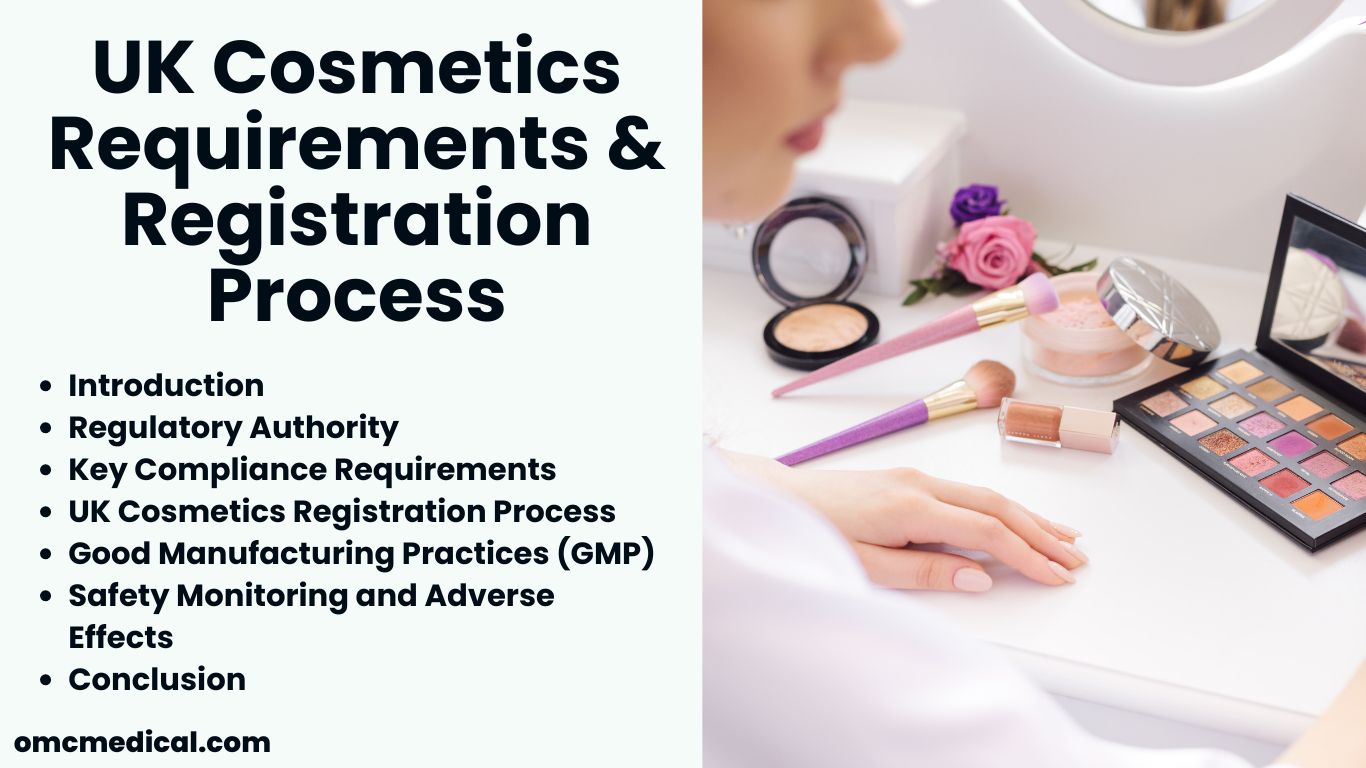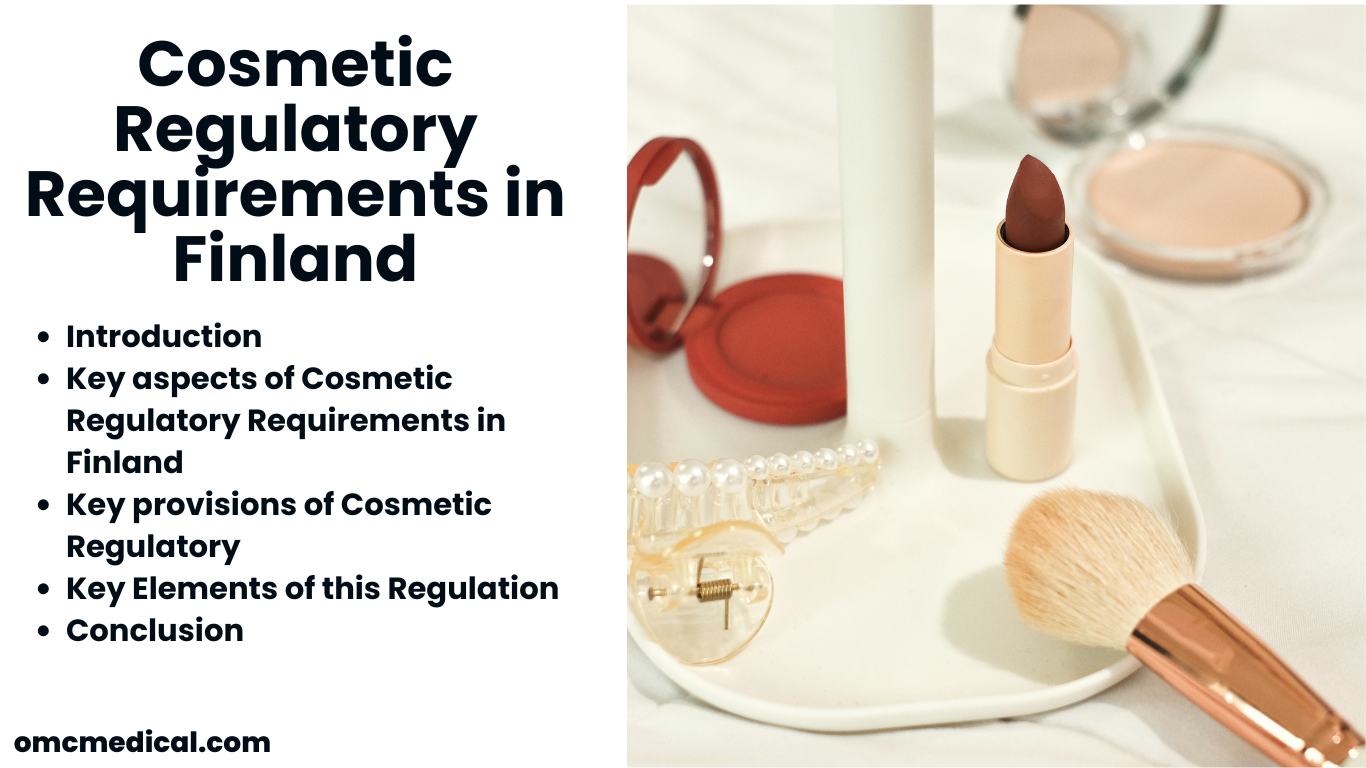Cosmetic ingredients and products are not required to have FDA clearance before being sold in the U.S. The only exception is colour additives, which need to be authorised for their intended purpose (apart from the colouring agents used in coal-tar hair dyes).
Companies and individuals that sell cosmetics have a legal obligation to guarantee the security of their products. The FDA requires trustworthy evidence that shows that a cosmetic product is harmful when used as directed by its label or in the usual or anticipated manner before they take safety measures against it.

Adverse events in Cosmetics
The FDA keeps an eye on cosmetics sold on the market to make sure people may use them safely. When a consumer, manufacturer, or medical practitioner submits an adverse event report (AER), FDA may learn of a safety concern. Any issue that occurs after using a cosmetic product might be considered an adverse event.
The main categories of hair care (including shampoos, conditioners, hair smoothing treatments, and hair dyes) and skin care products are where cosmetic product adverse events are most commonly recorded.
In addition, rinse-off products are reported more frequently than leave-on ones. Certain products have been the focus of numerous adverse reports in recent years.

The data about the adverse report is sent to CAERS by the FDA’s MedWatch Safety Information and Adverse Event Reporting Program, which serves as the entry point for reports about all products subject to FDA regulation.
These reports are not yet confirmed, and this data is unprocessed. However, they are crucial as it is one of the FDA’s few tools to track any cosmetics-related safety issues.
Care must be used while interpreting the reports. The database can provide the public with some broad information about the types of difficulties if any, that other users have reported encountering if anyone is considering utilising a certain product.
How do FDA take action on these adverse safety reports?
FDA constantly monitors adverse event reports and reviews the relevant scientific literature. The following step is to coordinate an examination of the production facilities with the FDA’s Office of Compliance.
The FDA may send warning letters informing businesses that they have noticed legal infractions based on what they discover during an examination. The FDA work with companies to facilitate the voluntary recalls of products.
They occasionally inform the public about potentially dangerous products, which may motivate businesses to cooperate with the FDA in seeking a resolution.
In addition to placing a product on import alert or detaining it, if it seems hazardous or improperly labelled, the FDA now has the option of collaborating with the Department of Justice to take legal action.
The FDA further maintains a watch out for products distributed as cosmetics that falsely promise to change the body’s structure or function. Such claims are illegal for cosmetics to make.
How should one report an adverse event to the FDA?
FDA encourages consumer and medical professional reports of adverse events that are as detailed as possible, including the name and contact information of the individual who experienced the reaction as well as demographic data, such as age, gender, and ethnicity, to help identify whether any particular groups are disproportionately affected.
They also want details on any medical interventions, their results, and the product believed to be responsible for the adverse event, including its purchase location and intended usage.
Any identifying information about the product, such as the batch and lot numbers, is very crucial in order to find the manufacturer and, if required, to aid in a recall.

The FDA aims to increase the number of reports from health professionals and patients who have encountered an adverse event by making the Center for Food Safety and Applied Nutrition Adverse Event Reporting System (CAERS) database public.
Increased transparency will lead to more thorough reports, making it easier for the FDA to spot warning signs of potential safety issues with the products being regulated.
Anybody can file a complaint about the safety or quality of conventional food, cosmetics, or dietary supplements subject to FDA regulation.
FAQS
Which substances are not allowed to be used in cosmetics?
Bithionol, mercury compounds, vinyl chloride, halogenated salicylanilides, zirconium complexes in aerosol cosmetics, chloroform, methylene chloride, chlorofluorocarbon propellants, and hexachlorophene are among the components that are restricted or outright banned by regulations.
Cosmetic and fragrance trade organisations have advised avoiding or restricting the use of a number of components linked to health hazards in addition to those that are governed by law or were the focus of a court decision.
Even if a cosmetic does not include an ingredient that is expressly forbidden or restricted by law, it is illegal to promote one that is hazardous to consumers when they use it as directed on the packaging or in the usual or anticipated manner.
What steps does the FDA take to prevent hazardous pollutants like lead from being present in cosmetic products?
The FDA keeps an eye out for possible safety issues, including hazardous pollutants, in cosmetics that are on the market. In order to be aware of potential issues, FDA also keep up with scientific studies. FDA pursue legal action against businesses and people who sell illegal goods as well as against the products themselves.
· Examining Imports
Working with U.S. Customs and Border Protection personnel to monitor imported products is one method the FDA protects against tainted cosmetics. FDA issues Import Alerts to assist inspection employees in looking out for items that are most likely to pose a safety danger since we are unable to check every shipment. Several of our import alerts for cosmetics raise the possibility of hazardous contamination in certain products. Cosmetics that are deemed dangerous are prohibited from entering this nation.
· Examining Manufacturers
In order to prevent the formation of two types of pollutants, nitrosamines and 1,4-dioxane, during the manufacturing process, the FDA has provided instructions to manufacturers. FDA inspectors ensure manufacturers are following the correct processes by conducting inspections.







